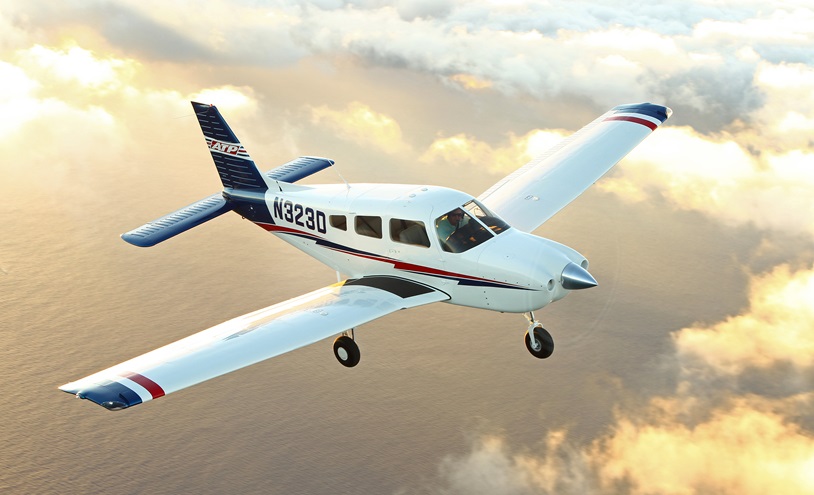Three Crucial Points to Consider When Choosing a Flight School
Don’t spend an extra $1,000 or more on flying training because you don’t know what you’re doing. Choosing a flight school isn’t usually difficult, but you might wind up spending over $1,000 more if you don’t understand a few important variables that will increase the cost of your flight training.
Learning to fly is a thrilling experience, and it is critical to understand how to choose a flight school so that your experience is as positive as possible. Scott Morris is my name. Ace Flight School employs me as a CFI/CFII. My five most important suggestions for choosing a flying school are listed below.
Equipment – One of the most essential aspects to consider when selecting a flying school is the equipment on which you will be training. The most popular training aircraft are Cessna 172s, however mentioning Cessna 172 is like saying “I drive a Toyota Corolla.” That’s fantastic; what year is it? What is its current state? What characteristics does it have? I’ve seen far too many flight schools that employ 1960s Cessna training planes that lack contemporary equipment and look like something out of a wrecking yard. There are several types of aircraft that schools use as trainers. At Ace Flight School, for example, we employ modern Diamond aircraft as trainers, both of which are younger than 2001, feature a color moving map GPS, and have a newer airframe design that saves fuel and enhances performance.
Flight Instructors – There are two types of flying instructors and flight schools: those who teach for the purpose of accumulating hours and those who just like instructing. Ask yourself, “Would I rather have an instructor who is more concerned with hours or an instructor who is more concerned with me?” Isn’t it simple? A flight instructor who is there to build hours will not hesitate to move on to the next big flying job when he has the necessary hours, leaving you in the middle of your training to find a new flight instructor who knows nothing about you, your training status, or your personal flying characteristics. This will substantially stymie your flying training and cost you much more money. Ace Flight School offers two instructors that are committed to your flight instruction rather than the hours they get.
Cost varies across flight schools and is determined by where the flight school is situated, the type of airfield utilized, and the equipment used. A flying school at a large airport in a big city using fine aircraft will cost more than a flight school at a small airport using junkers – or will it? This is where your research will be useful. Some flying schools attempt to charge exorbitant fees for subpar facilities and aircraft. Examine the location where you want to learn to fly and consider all of the elements to determine whether they are asking a reasonable fee. Also, be wary of any hidden charges. With fuel costs out of control, it is extremely typical to see a relatively reasonable hourly fee for an airplane with fine print that specifies a 20% fuel surcharge on top, making it a not-so-reasonable rate. Inquire about landing costs; some bigger airports impose a fee for each landing performed at that airport, which can quickly mount up. At Ace Flight School, be operate out of an airport less than 10 miles outside of the Reno-Tahoe International Airport that does not have a control tower (meaning less time to get into the air = saving money), no landing fees are charged, fuel is always at a competitive price and our bottom line aircraft rental rates are always clearly known (no surcharges of any kind).

